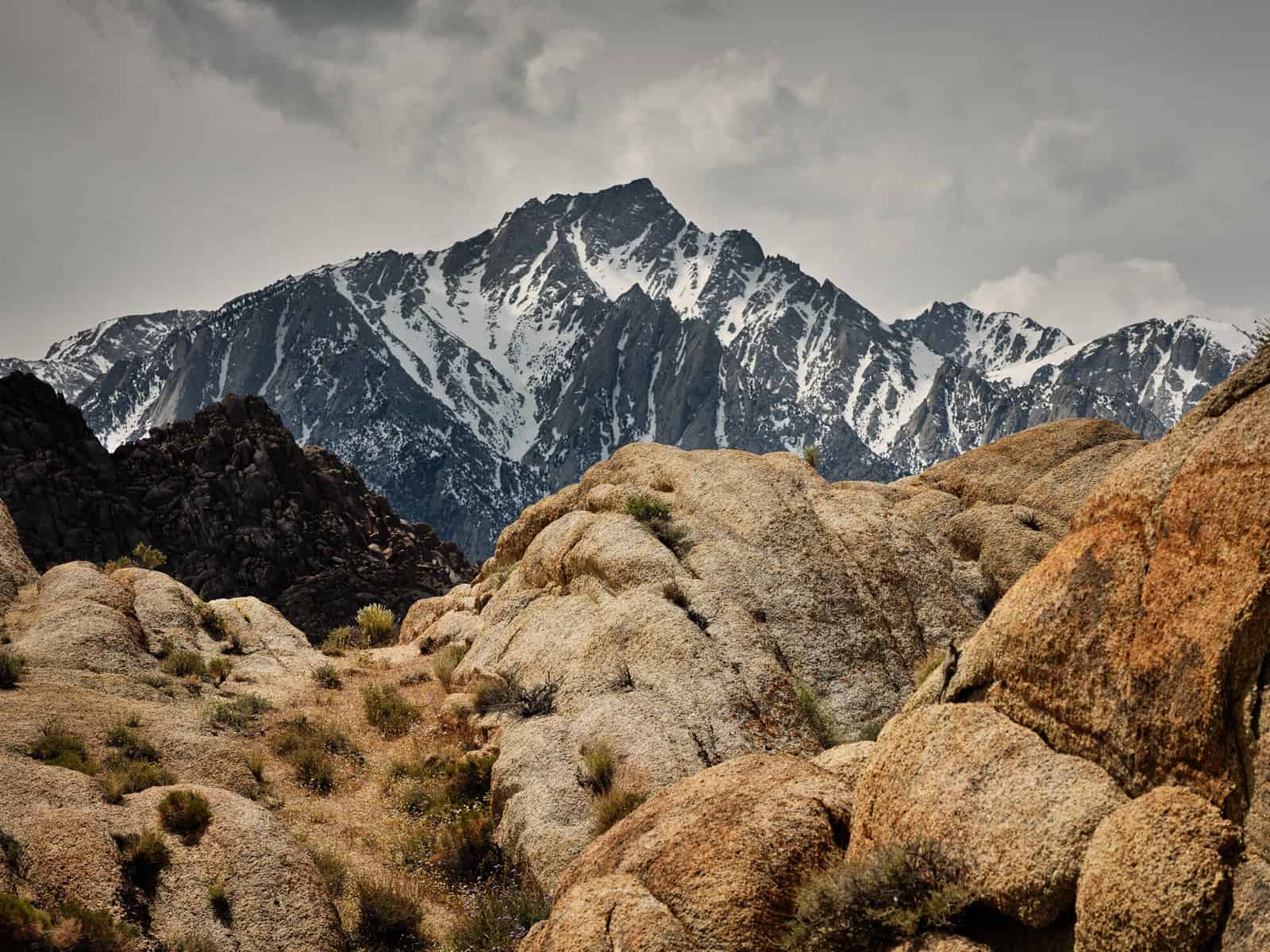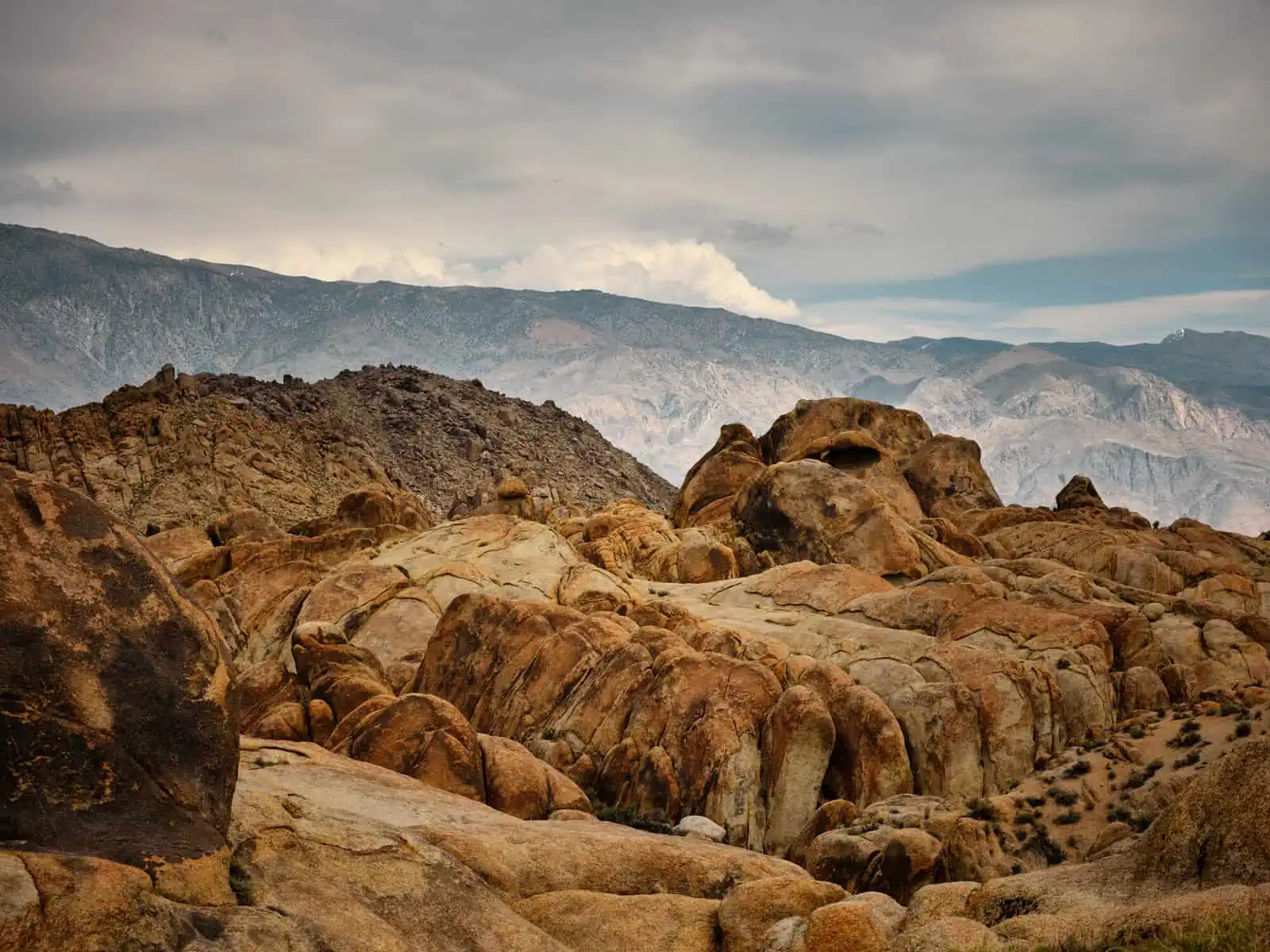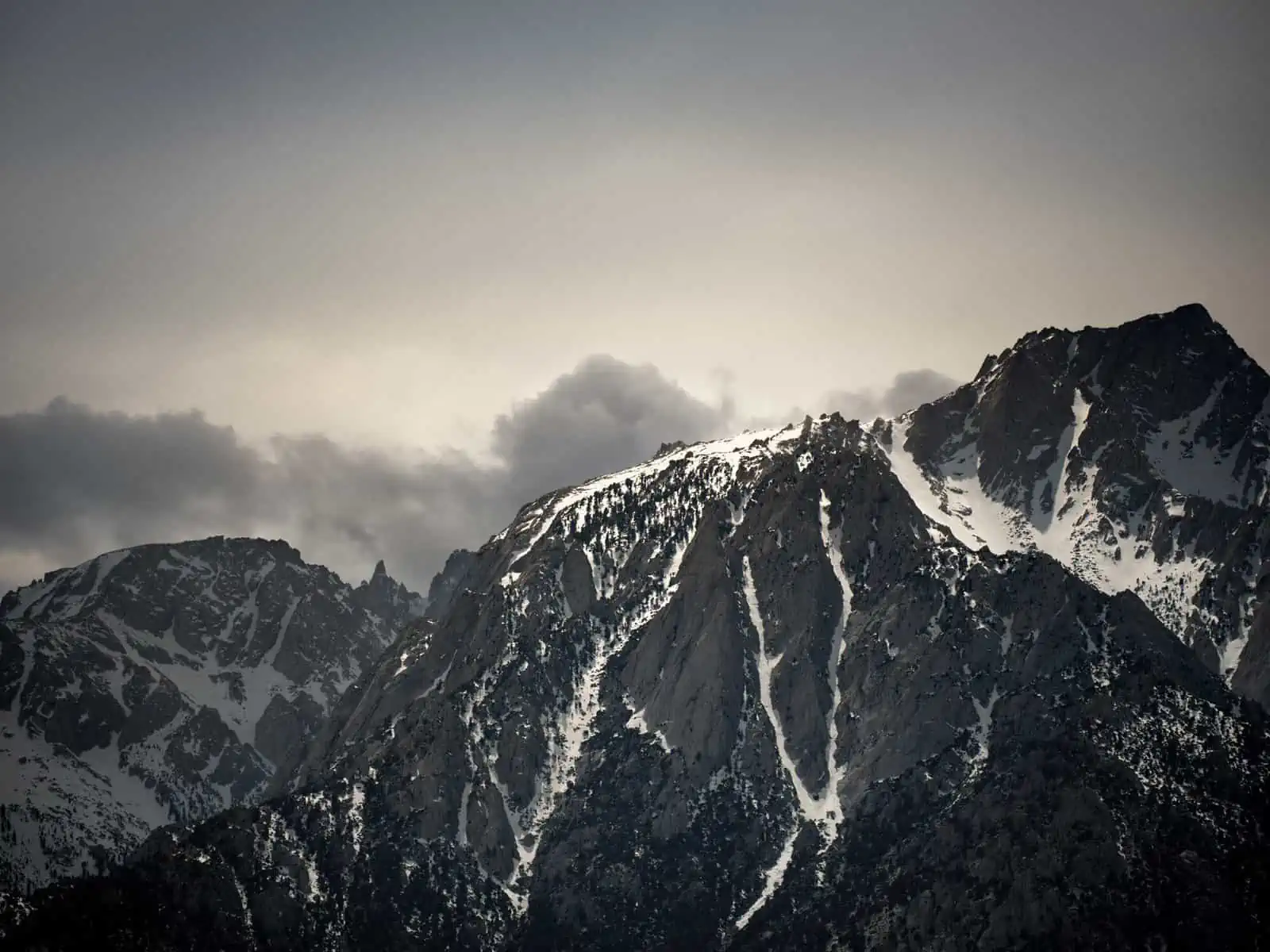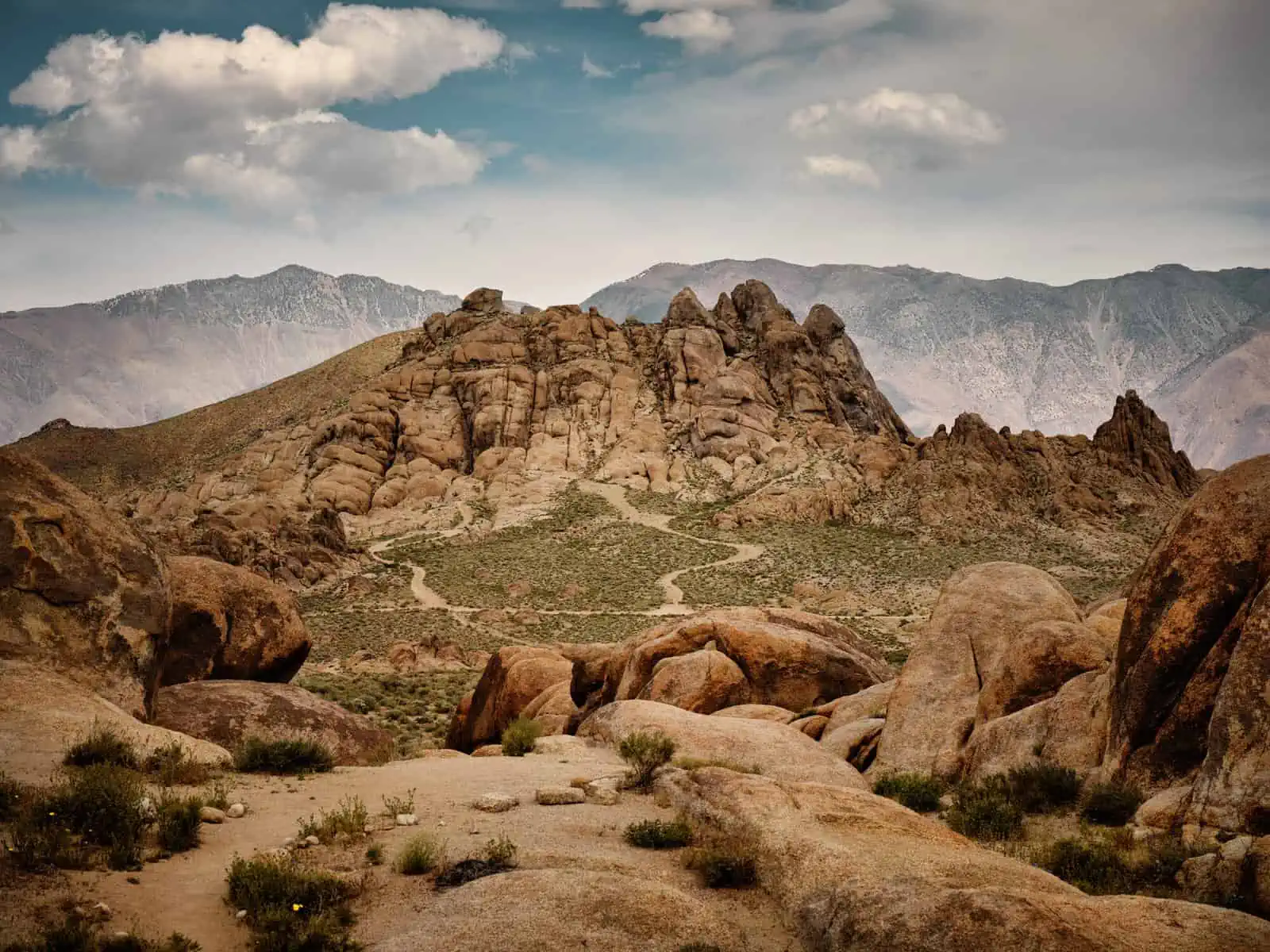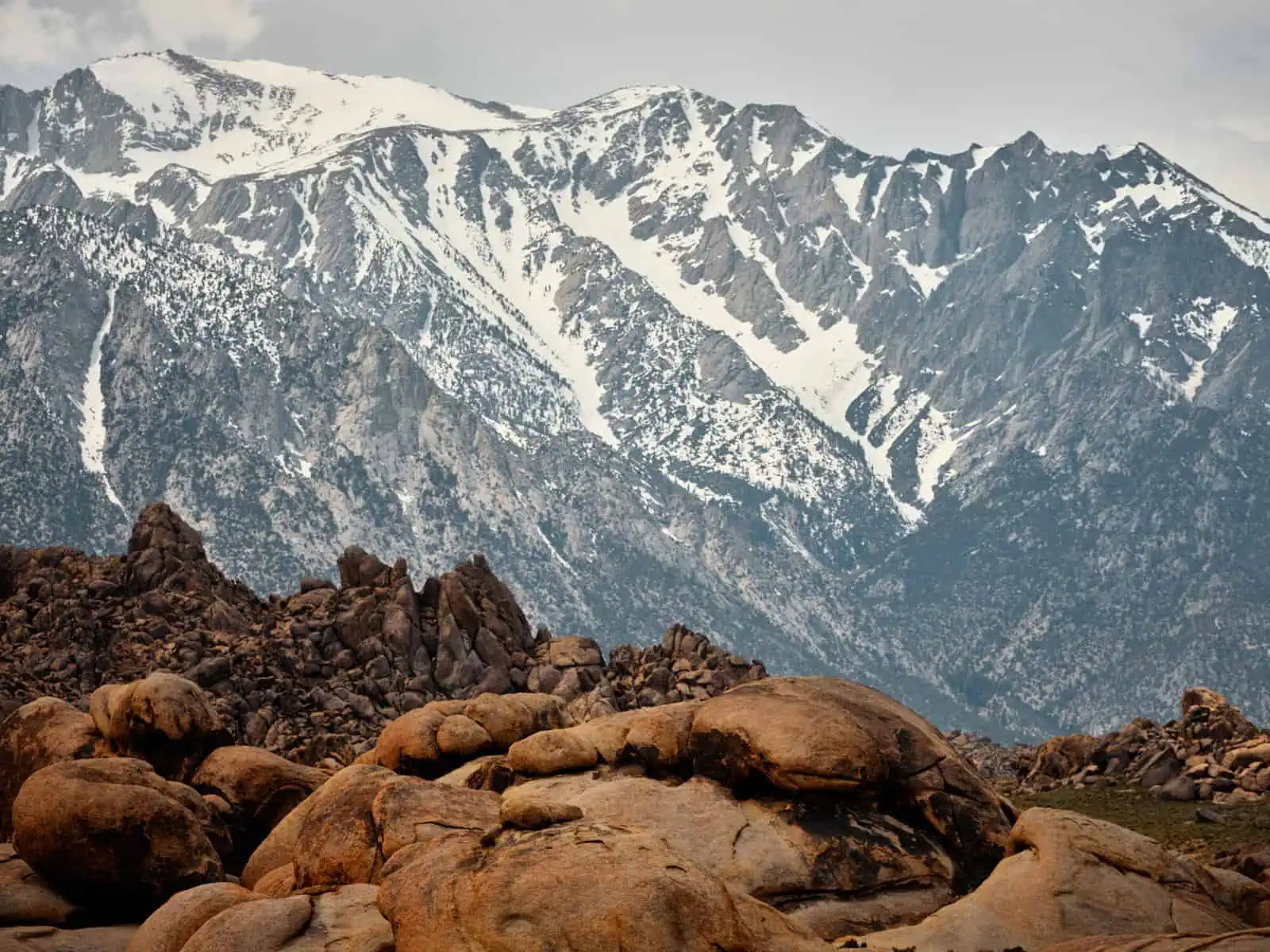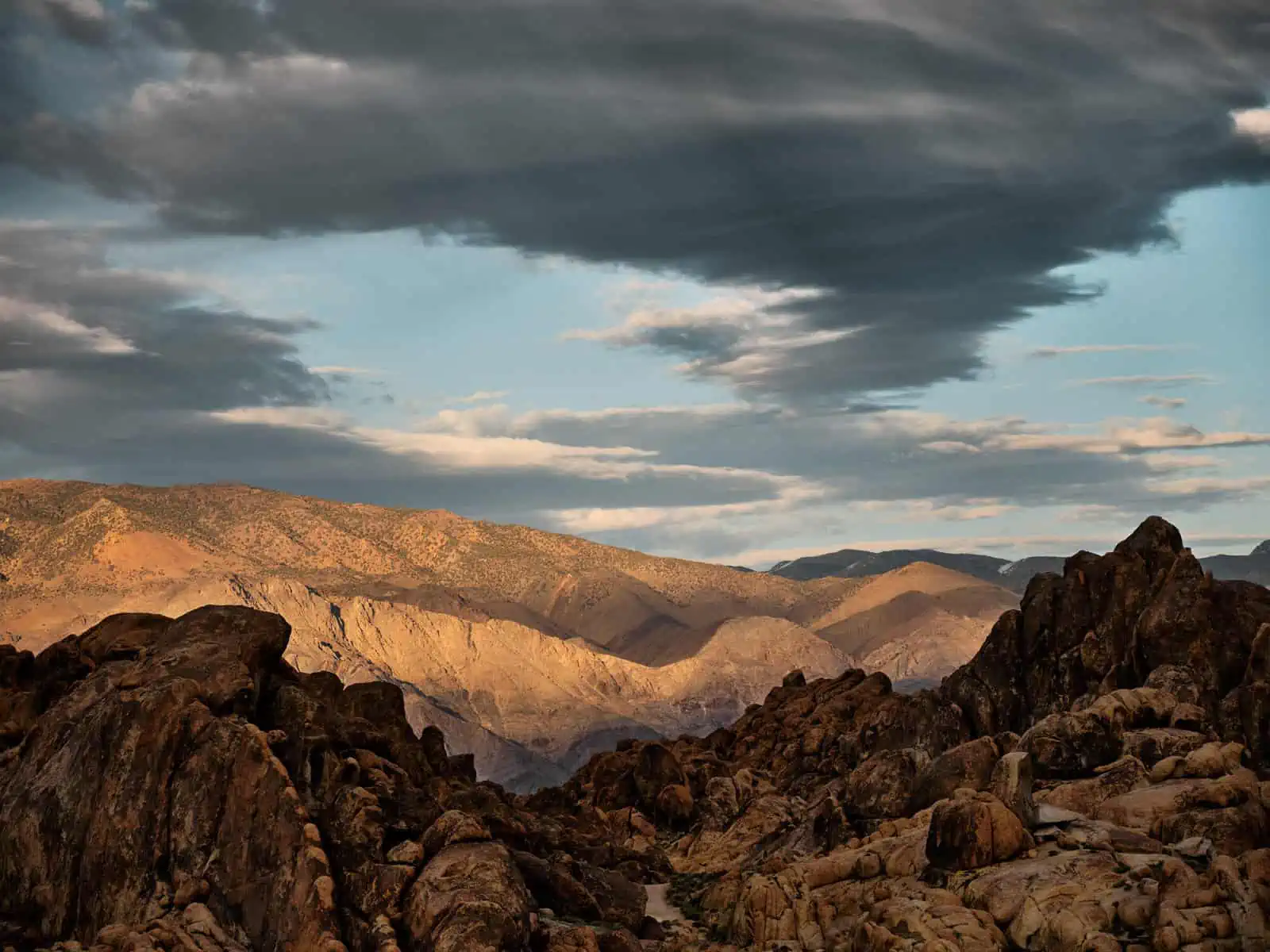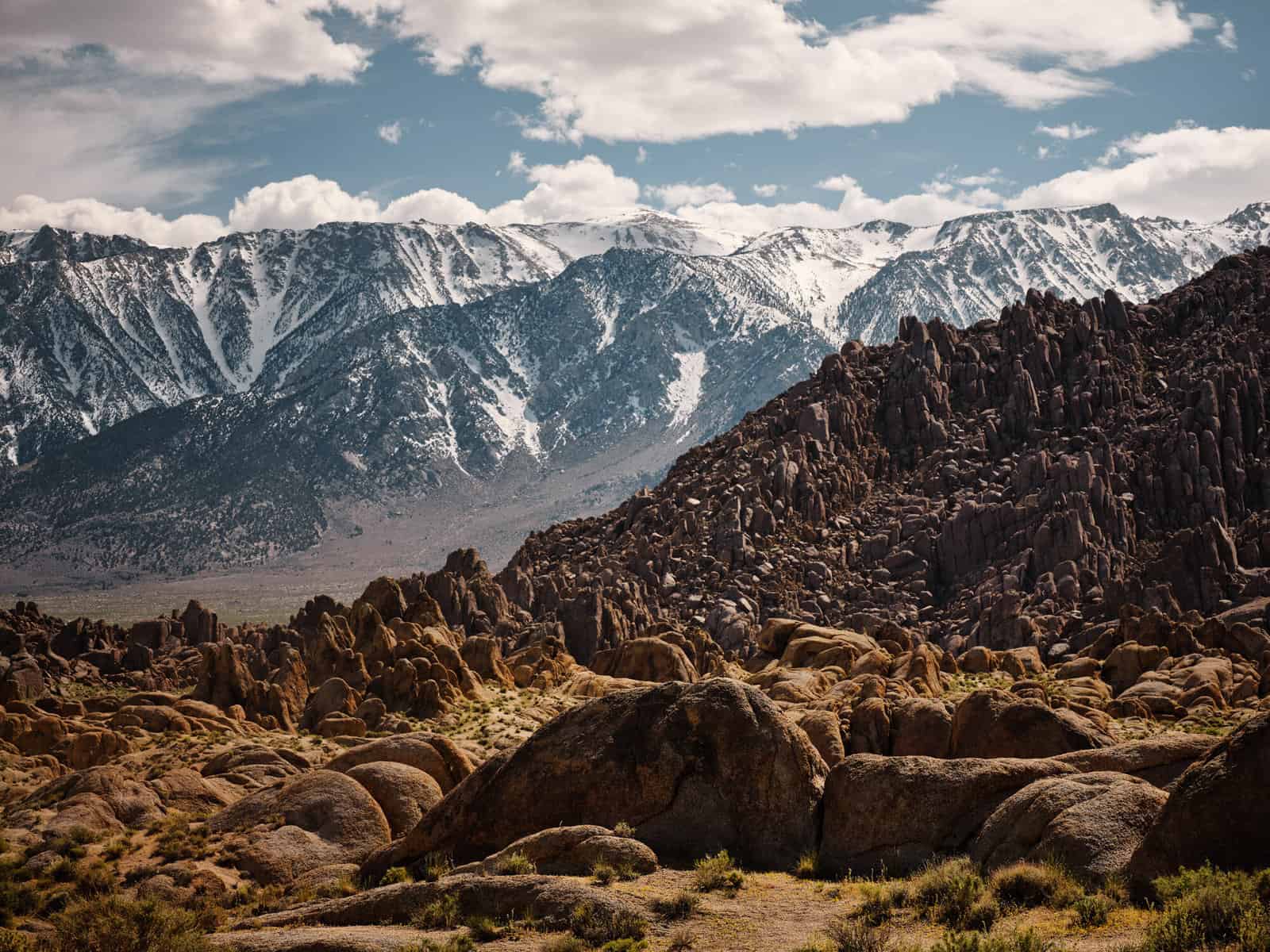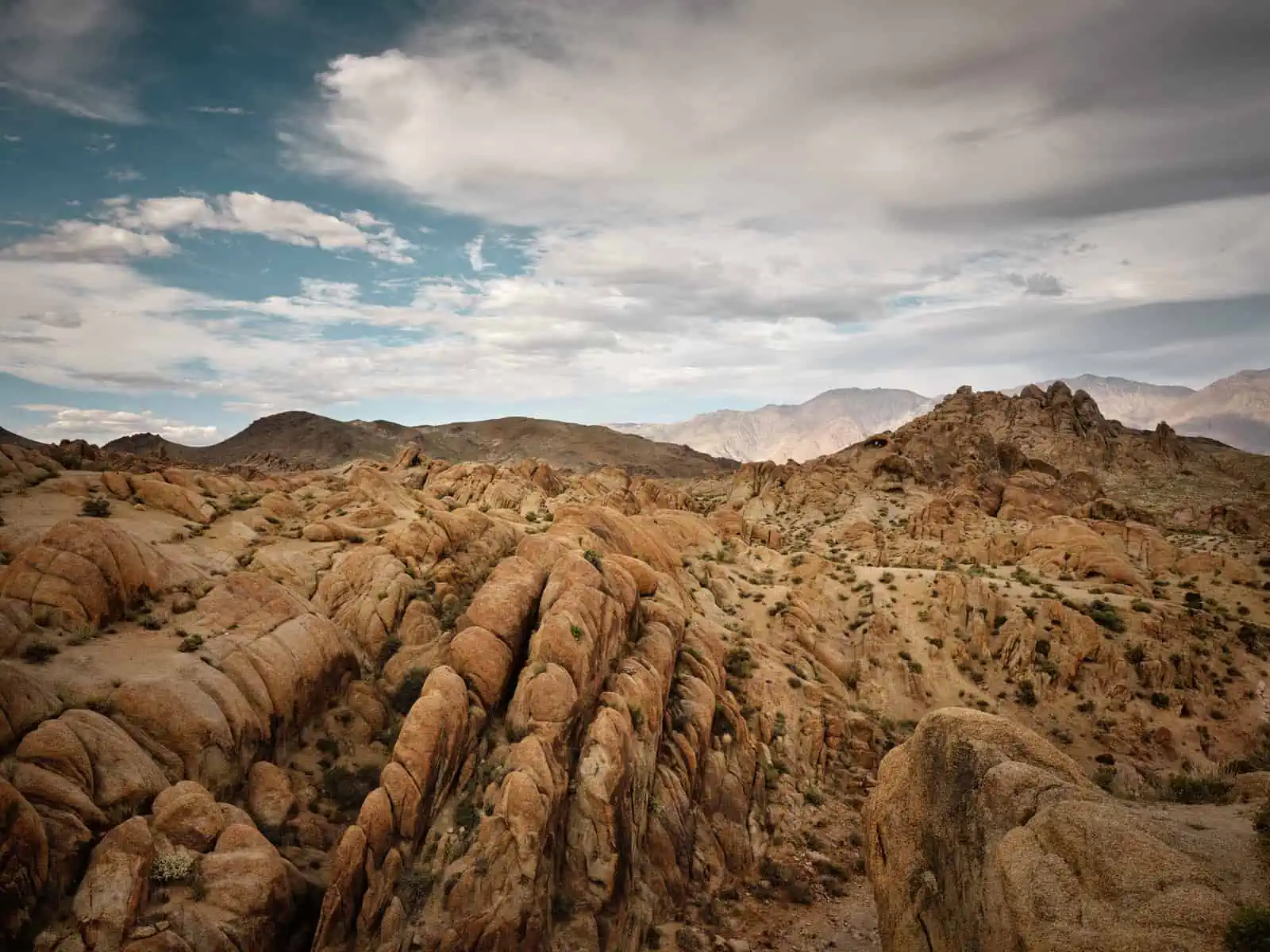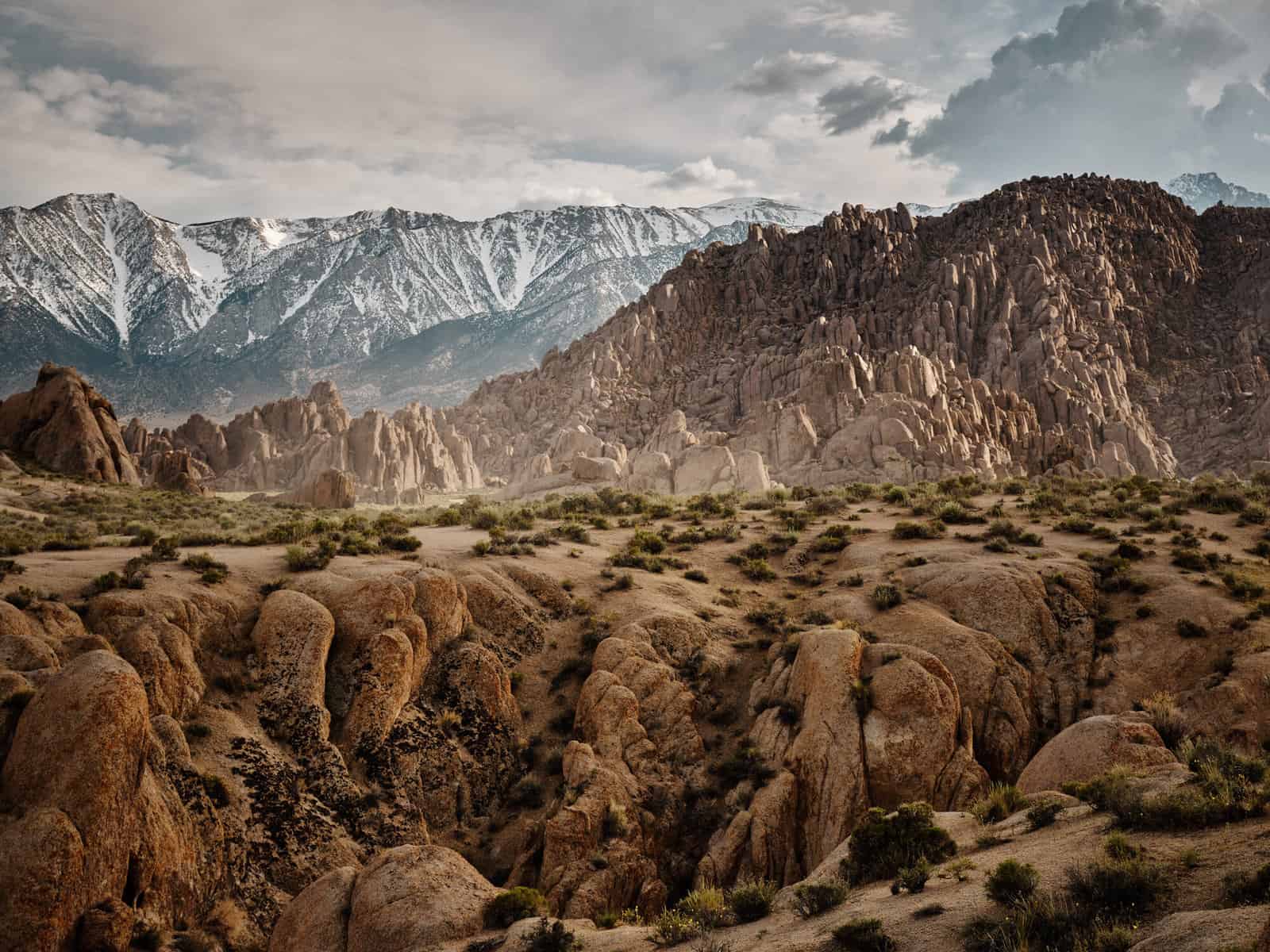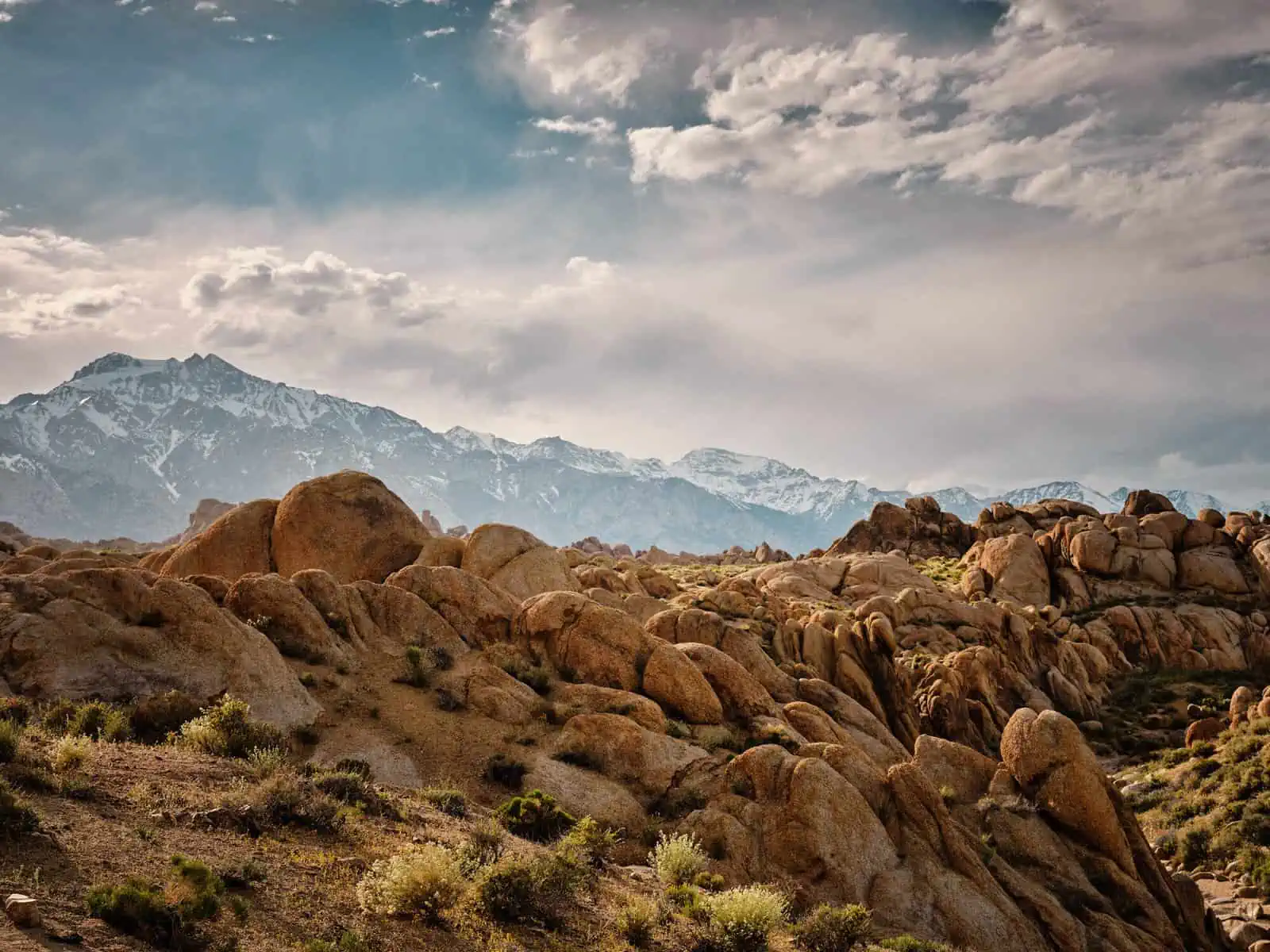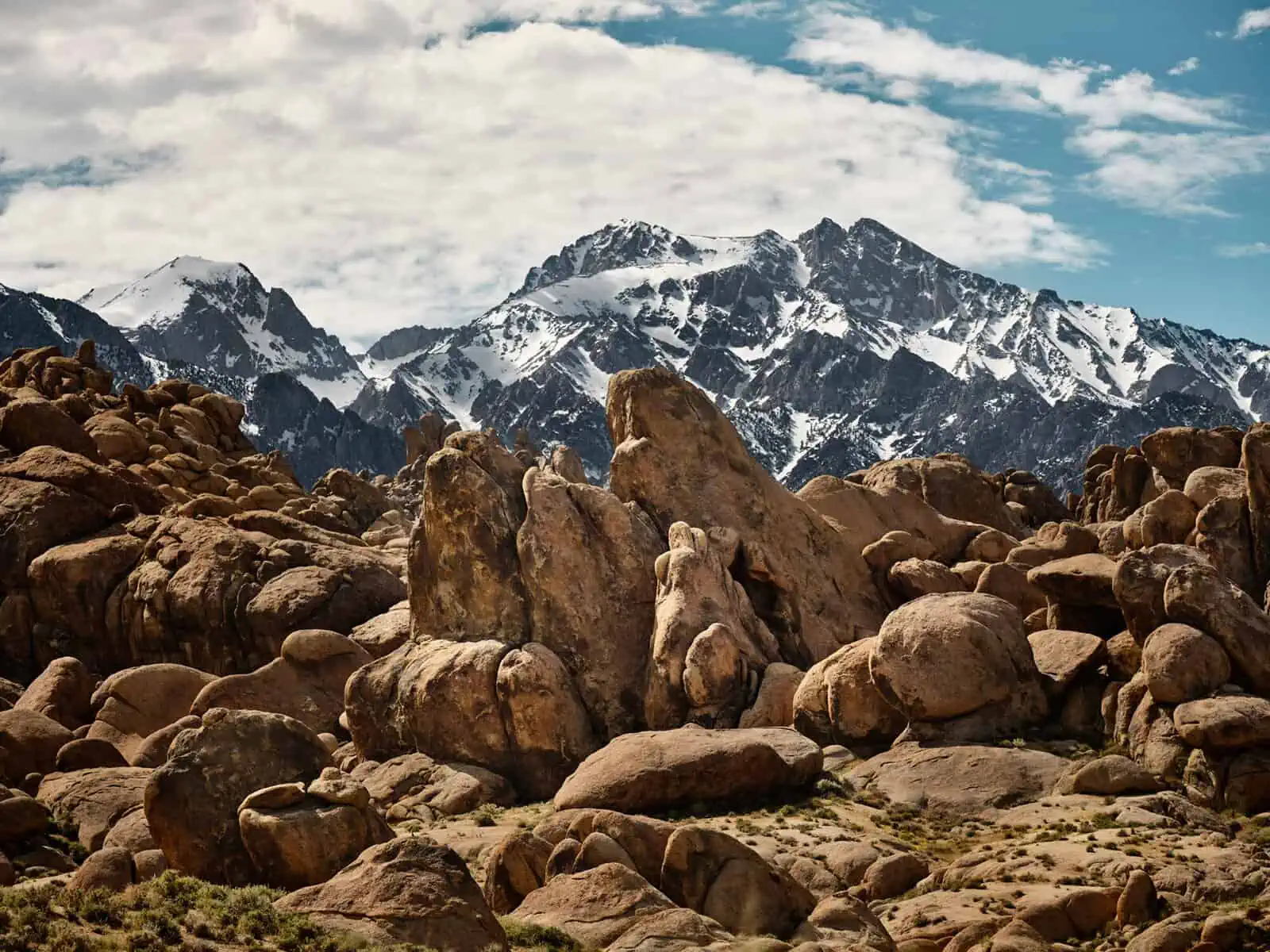This post is sponsored byFujifilm UK, all views and opinions are our own
It’s a widely held belief that the best landscape photography comes from meticulous planning and knowing your location intimately.It’s certainly true that when you’ve visited a place over and over again, you start to get a feeling for how the light changes through the day and through the year.You’ll know, for example, that if you want to get a great image of certain mountain peak, then you might need to be in a certain spot on a late summer evening when the light from the setting sun will hit the peak in just the right way.If you read the writings of many landscape photographers, with their accounts of waiting days for the right light or planning photographs months in advance, then you’d be forgiven for thinking that this is the only way to make great landscape images.
There’s just one problem.This approach doesn’t fit with the way most people experience landscape photography.
We’re not for a moment trying to say that there’s no merit in familiarity with your locations and pre-planning shots to get the best light.We regularly re-visit locations and with each repeated visit, we feel we get a better understanding of the place and this absolutely translates into better photography.However, most of the time, we find ourselves in new locations often with just a short period of time to photograph them.We always do research before we visit a place – and that typically means Google images searches and looking the place up on Instagram.You will usually find stunning images in these searches, but what happens when you get to the place and the light is not ‘right’?We’re sure many of you will recognise this situation: you might be on a holiday somewhere and you take a day to visit a national park, a mountain range or a stretch of coast.You have high expectations of being able to capture some amazing images (after all, searching the place on Instagram has shown you just how beautiful that place can be), but as soon as you arrive the sky turns grey and it starts to rain.
Well, this situation does not have to be a disaster.Sure, there are some situations where the weather has put a stop to our photography plans for a day – flat grey skies and driving rain in England, or dense fog in the Alps spring to mind – but the nature of how we travel, often only having a short period of time in each location, means that we have become adept at working around this problem.In fact, we’d go as far as to say that we now consider unexpected weather more as an opportunity than a problem, and dealing with it, one of our specialities and strengths. We believe modern photography isn’t about perfection, it is about getting out there and enjoying.
We found ourselves in just such a situation earlier this year.We were on a trip to America and had based ourselves out of Los Angeles.This was a working trip and aside from various commercial commitments, we were there to produce content for the blog and our Instagram feed aside from the whole excitement of spending two months in another country, living in a very different way.This meant getting in as many hikes in as many different areas as possible and in the course of our research, we came across the Alabama Hills.
First things first, despite what the name suggests, the Alabama Hills are very much in California.From our base in Hollywood, the drive to Lone Pine, the nearest town to the Alabama Hills, was just over 320km (200miles) heading directly north.The hills are located in the Owens Valley and are flaked to the West by the High Sierra mountains – including Mt. Whitney which at 4,421m is the highest mountain in the ‘Lower 48’ States.To the East, they are flanked by the Inyo Mountains – not as tall as the Sierras, but equally spectacular and home to ancient Bristle Cone Pine Trees.Directly over the Inyo Mountains further to the East lies Death Valley National Park where one can find the lowest point in America (-86m) – it is interesting that the lowest and highest point in the ‘Lower 48’ are so relatively close to each other.
On this trip, we had been very fortunate to once again partner up with Fujifilm UK who had provided us with their GFX system to test out.We were equipped with a GFX 50S body along with the VG-GFX1 vertical grip.In terms of lenses, we had the two zooms: the GF32-64mm f/4 and the GF100-200mm f/5.6 along with a 1.4x teleconverter.This was a camera system we’d been keen to try since it was first released.Matt had some brief hands-on time with it shortly after it was released, but you can’t fully evaluate a camera based on half an hour in a camera store, so we were eager to put the system through its paces on location.
In many ways, the GFX system is very similar to Fujifilm’s X Series system – and if you have any experience with the X Series cameras, you will feel right at home with the GFX.We used the X Series cameras earlier this year on our trip to the Pyrenees and our experiences can be foundhere.Much of what we said in that article is directly relevant to the GFX.The key selling point of the GFX system is its Medium Format sensor.Coming in at 44x33mm this is noticeably larger than a full frame DSLR sensor (36x24mm) and significantly larger than a crop frame sensor like those found in Fujifilm’s own X Series (23.5×15.6mm) – though it is worth noting that all Medium Format digital cameras have sensors that would be considered at the small end of Medium Format film formats.As the name suggests, the GFX 50S features a 50-megapixel sensor – in fact this is the same sensor you’ll find used in high end medium format backs costing many times as much as the GFX 50S.
The Alabama Hills are a truly spectacular location – an almost alien desert landscape of weathered rock formations.This desert landscape is offset by the backdrop of the jagged spires of the High Sierras – which when we visited still had substantial snow cover.The combination of a desert leading to snow-capped peaks is not unique to this part of the world, but none the less it is quite a visually arresting combination and is just begging to be photographed.You might find the area looks familiar and this is because it is a popular filming location.Many Westerns were shot here from the 1920s on and the area is still a popular location – it doubled for Afghanistan in the first Iron Man movie for instance.The links to Hollywood run deep and the main road through the area is called ‘Movie Road’, leading to places like ‘Lone Ranger Canyon’.The motel we stayed in had an impressive display of Western memorabilia in the lobby – we didn’t realise that commemorative John Wayne porcelain plates were such a big deal!
Before we set out for the Alabama Hills, we’d done our research.We’d found plenty of spectacular images and the evening we arrived we were treated to some beautiful evening light, with the mountains almost seeming to glow.The next day – and we were intending to drive back to LA at the end of the day, so it was also our last day there – was a different story.It was much more overcast than the previous day – the clear blue sky punctuated by dramatic wisps of cloud had been replaced with flat grey.This in turn led to less defined shadows on the landscape and more muted colours in the rocks.
Comparing the light we had that day against the images we found during our research, it would be tempting to right the day off as a wash-out, but that simply was not an option for us.This weekend was our only opportunity to photograph here and we would have to make it work!Fortunately, our experience told us this would not be a problem.It’s very easy to fall into an ‘expectations trap’ when you visit a new location: your visual research can often lead you to build up an expectation of what you’ll find when you reach a place: clear blue skies, golden light, crisp shadows etc. etc.When the reality isn’t exactly this, it is very easy to be disappointed: your photos are not going to be exactly as you imagined they would be.
It’s certainly easier said than done, but we’ve found that one of the keys to successful landscape photography is to ignore this mindset.You need to be more opportunistic and to learn to work with what the environment gives you.That overcast morning at the Alabama Hills, we overheard another photographer complain to his partner that he couldn’t get what he wanted as he packed his gear away.Shortly afterwards we got talking to yet another photographer who said he was disappointed that the light wasn’t as brilliant as what he’d seen in images online.We think this is a dangerous way to think! If you’re constantly comparing the scene you are photographing to an ‘ideal’ version you’ve previously seen, then it’s fair to say you are going to be disappointed most of the time.
Once you can ditch the idea that your images of a place need to look exactly like everybody else’s, then you can start to use the weather as a tool or another compositional device: overcast skies may look flat and grey, for instance, but look closer and you’ll often see there’s more than meets the eye.With careful exposure, there’s the potential to bring out spectacular detail.We are big fans of clouds – they can be a tremendous compositional element – and sometimes overcast or slightly stormy days are the best opportunity to make use of them.
It’s also well worth looking around you: most of the photographers we saw at the Alabama Hills were framing up their images with the Sierras in the background.This makes sense as they do provide a spectacular backdrop but looking the other way towards the Inyo Mountains allowed us to get some great images that most of the other photographers we saw were simply ignoring (or just not seeing!).Situations like this always remind us of a sunset we saw in Joshua Tree National Park a few years previously.We were at the Cholla Cactus Garden – a popular spot to photograph the sunset and there were plenty of other photographers there.We quickly realised that the best images were to be had looking the other way to the sunset: the last rays of light illuminated the mountains in a beautiful purple light.We were the only photographers with our backs to the setting Sun that evening and the images we got there remain amongst our favourites.
You may not have an intimate knowledge of how the light will change across a place, but there are certain steps you can take to prepare yourself.Whilst researching the Alabama Hills, we saw some beautiful images of the Sierras directly illuminated by the Sun.We know that the Sun rises in the East and sets in the West, so given that the Sierras lie to the West of the Alabama hills, we could easily work out that if we wanted them directly illuminated they would be best photographed in the morning – in the evening, the setting Sun will backlight them whilst directly illuminating the Inyo Mountains which lie to the East.You can use planning like this to inform your shooting plans for the day – handy if you’re working in large area and have a lot of different shots you want to cover!
Another favourite tactic of ours is to look for details and smaller compositions.We’vewritten before about why we love using long lenses for landscape photography to isolate elements and to create something different to the typical wide-angle ‘general views’ most landscape photographers seem to produce.For our trip to the Alabama Hills, we made good use of the GF100-200mmF5.6 lens along with the 1.4x converter which replicates well the angle of view you’d get with a 70-200mm on a full frame DSLR.You might also want to look at ways you can build a narrative within your images: photographing the same feature form different angles in different light throughout the day is one example, but it might also be a series of images shot in similar light, or a series of similar shapes or forms from different locations – the scope here is vast!
We are not fans of the term ‘epic’ when it comes to landscapes – it really is overused to the point of being almost meaningless – but the American West is a place where it’s still valid.It is absolutely true to say that having good gear does not make you a good photographer, but at the same time, the camera system you use does matter and different systems bring different characteristics to your work.Being able to select the right camera for a given trip is a luxury we are fortunate to have and the GFX was a good fit for the landscape we found at the Alabama Hills.You often hear photographers talking about ‘The Medium Format Look’ in articles and forums.This is something that’s difficult to define and can’t be quantified as easily as, say, the number of megapixels a certain camera has.To try to explain it, it’s a certain look and feel you get from an image made with a larger sensor, which in turn necessitates using longer lenses than you would for the same angle of view on a smaller format camera.This look and feel was exactly why we always favoured Medium and Large Format over 35mm back when we shot film and it carries on to digital: We think there’s just something a bit more special about the images from a physically larger sensor.
Preconceptions are a dangerous thing in photography.The idea that your images should look a certain way can damage your creativity and your confidence.For many photographers it can be difficult to shake this (and this can be even more-so if you’ve had formal photographic education – in Art Theory you are taught that no idea is truly original), but once you can take a step out of the box, to see things through your own eyes rather than through the work of others, then we guarantee that the results will be worth it!

